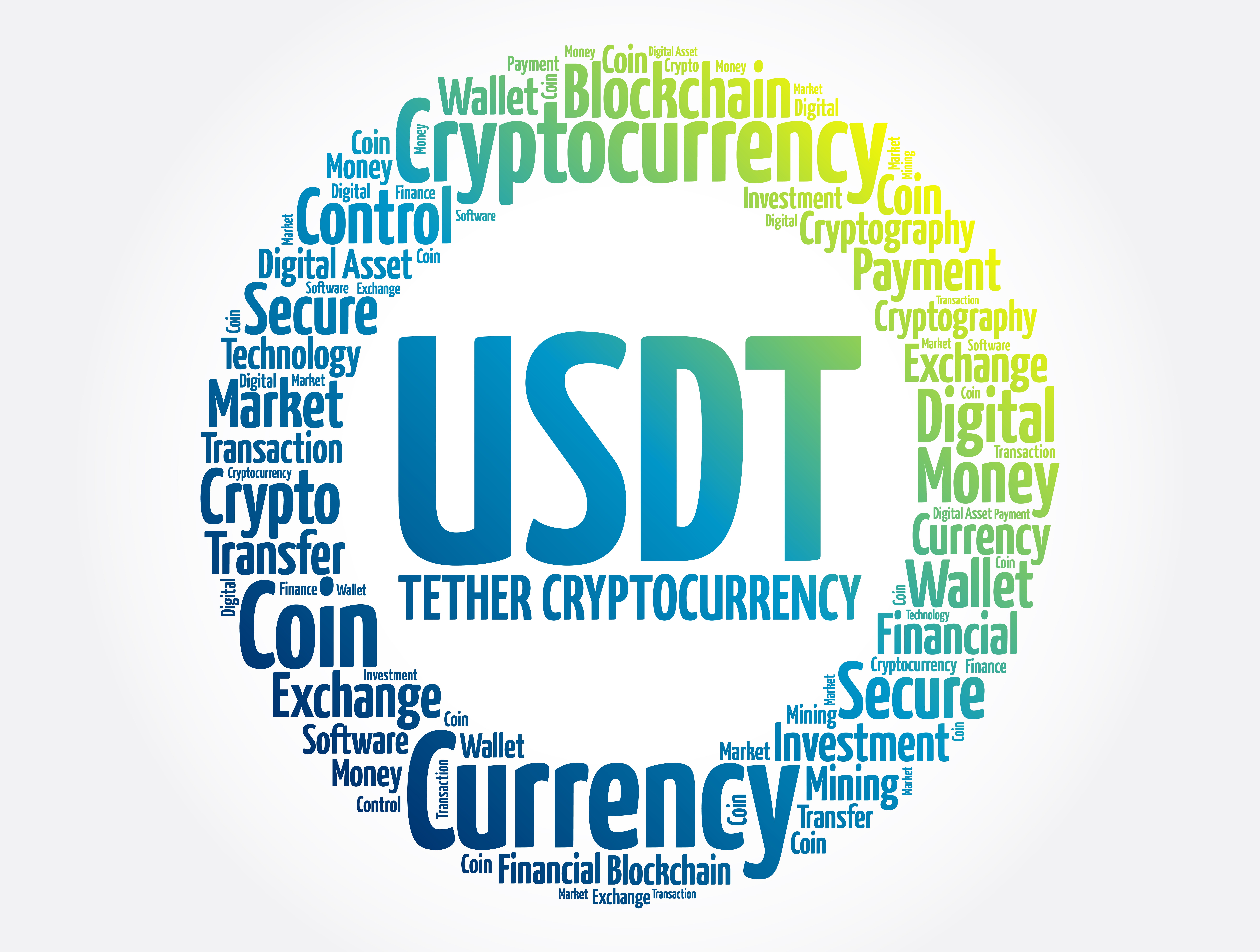Tether Eyes Major Bitcoin Mining Role with $500 Million Investment Plan

- Tether invests heavily to become one of the largest Bitcoin Miners.
- The move should be taken in light of concerns over Tether’s reserves and the general stability of stablecoins.
Tether’s Bitcoin Mining Plans
Tether Holdings Ltd., known for operating the US$ 87 billion (AU$ 134 billion) stablecoin USDT, is venturing into Bitcoin mining with a planned investment of about half a billion US dollars over the next six months. Tether plans to establish its own mining sites as well as invest in existing Bitcoin miners. This will include a US$ 610 million (AU$ 942 million) credit facility to Northern Data AG.
The move, as stated in an interview with Bloomberg by incoming CEO Paolo Ardoino, signifies Tether’s commitment to being a part of the Bitcoin mining ecosystem. This new venture represents a significant shift from Tether’s primary business of managing the USDT stablecoin, which is pegged to the dollar and could notably impact the competition in the Bitcoin mining sector and diversify Tether’s revenue sources.
We are committed to being part of the Bitcoin mining ecosystem. When it comes to the expansions, building new substations and new sites, we are taking them extremely seriously.
 Paolo Ardoino, Incoming Tether CEO
Paolo Ardoino, Incoming Tether CEO Tether is looking into Uruguay, Paraguay, and El Salvador, to set up mining. Tether has its sights set on a 1% share of the total mining network, yet it did not immediately reveal when it plans to reach that ambitious goal.
However, by the end of the year Tether hopes to reach 120 megawatts in its mining sites, with a planned increase to 450 megawatts by the end of 2025, Ardoino said.
Mining for us is something that we have to learn and grow over time. We are not in a rush to become the biggest miner in the world.
 Paolo Ardoino, Incoming Tether CEO
Paolo Ardoino, Incoming Tether CEO Stablecoin Concerns
Tether has faced controversies mainly due to concerns about the true nature of its reserves and transparency. Initially, Tether claimed that each USDT was backed 1:1 by U.S. dollars, but scepticism arose about the actual reserve holdings, leading to demands for audits. The company’s lack of transparency and modified claims about reserves, including assets other than U.S. dollars, further fuelled these concerns.
Additionally, Tether faced legal challenges, including a significant settlement with the New York Attorney General’s office, and allegations of market manipulation, particularly in relation to Bitcoin’s price. These issues, coupled with banking relationship problems, highlighted risks in the stablecoin’s stability and operations.
These controversies have heightened sensitivity and awareness of broader concerns in the stablecoin sector, a sentiment further exacerbated by the Terra Luna collapse. While Tether faced ongoing scrutiny over the legitimacy of its reserve claims and its operational transparency, the sudden and catastrophic failure of TerraUSD (UST) and its sister token Luna underscored the inherent risks and volatility in the stablecoin market.
TerraUSD’s collapse, driven by the breakdown of its peg-maintaining mechanism, highlighted the potential fragility of stablecoin systems, especially those reliant on complex algorithms. This event, in conjunction with Tether’s long-standing issues, amplified the call for greater regulatory oversight and raised critical questions about the stability and reliability of stablecoins as a whole, drawing attention to the need for more robust safeguards and transparency in this sector of the crypto market.






